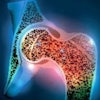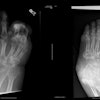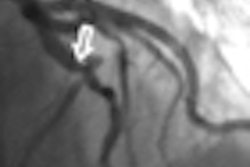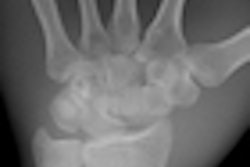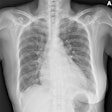Dear Digital X-Ray Insider,
Radiation protection for pediatric patients remains of paramount importance for the medical profession. Two German radiologists, Dr. Gerhard Alzen from Giessen and Dr. Gabriele Benz-Bohm from Cologne, have studied the most effective methods of lowering radiation exposure without sacrificing diagnostic reliability in children. Their focus combines time-honored shielding recommendations with utilization of features in the newest generations of equipment. To read more, click here or visit our Digital X-Ray Community.
Airport security scanners continue to cause concern among some observers. Reassurance was provided by a new report published last month, but the authors also stressed the urgent need for better working practices and information for passengers. Click here for the story. In addition, this week's Maverinck column addresses the same subject.
Plain films still account for around 62% of all examinations carried out by imaging departments in the U.K., and about 20% of them are of the chest. Therefore, considerable benefits can result from training radiographers to interpret chest x-rays. New research suggests this is a viable option, and you can learn more by clicking here.
An article published in the August issue of the Journal of Urology suggests physicians prescribing androgen-deprivation therapy for their patients with advanced prostate cancer should also order a lateral thoracolumbar x-ray examination. The authors believe this helps identify men at risk of treatment-induced fracture. Click here for the details.
X-rays have played an important role in military history for well more than 100 years. The first use of x-rays in warfare was in 1896, when Abyssinia was invaded by Italian forces. Digital x-ray is now used widely in military radiology, but today's imaging professionals owe a massive debt to the early pioneers. To find out more, you can read Dr. Adrian Thomas' fascinating history column. Click here for the full story.


